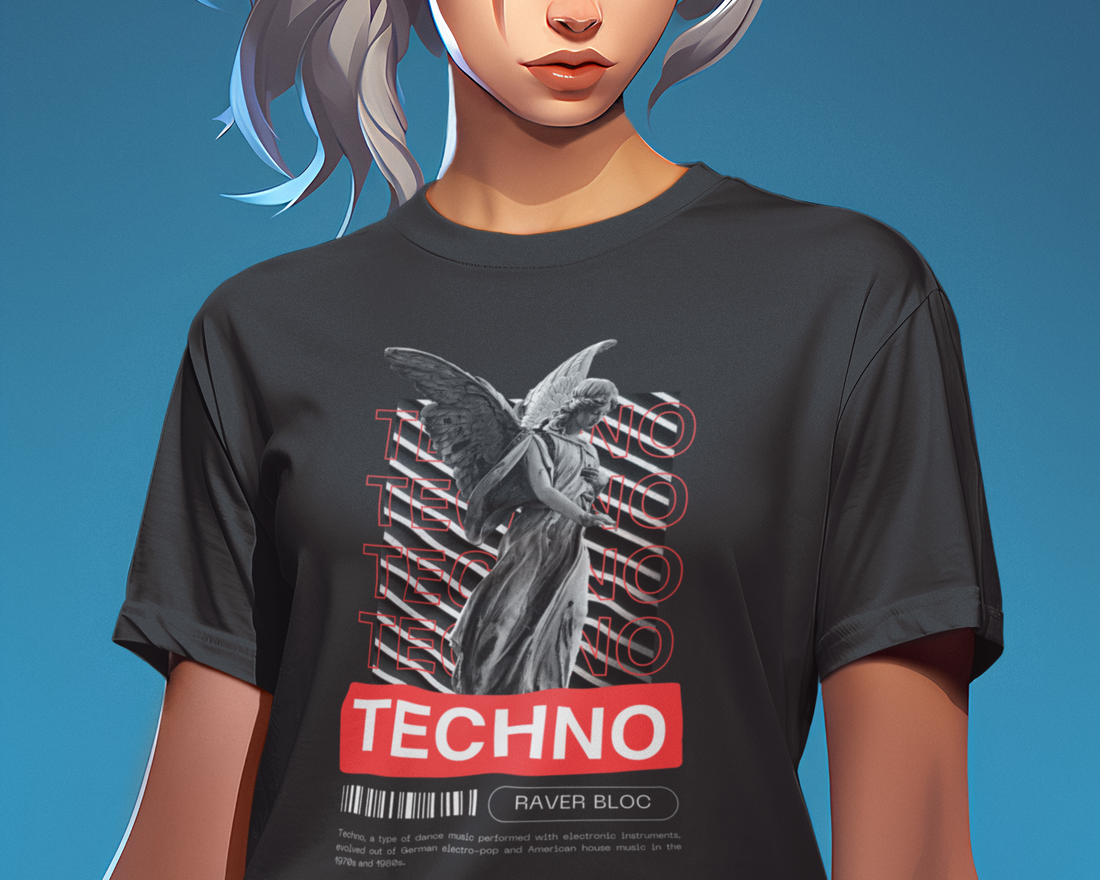
The History of Techno
Share
The Evolution of Techno: From Detroit to Global Domination
Techno is more than just a genre of electronic music; it’s a cultural movement that has evolved over decades, shaping the underground and mainstream dance scenes worldwide. Originating in the early 1980s, techno was born out of the industrial and futuristic landscapes of Detroit, Michigan. Let’s take a journey through its origins, rise to global prominence, and its present-day evolution.
The Birth of Techno: Detroit in the 1980s
The story of techno begins in the post-industrial city of Detroit, where a group of young African American musicians—often referred to as the "Belleville Three" (Juan Atkins, Derrick May, and Kevin Saunderson)—laid the foundation for the genre. Influenced by the futuristic sounds of Kraftwerk, Giorgio Moroder’s electronic disco, and the emerging Chicago house scene, these pioneers experimented with synthesizers, drum machines, and sequencers to create a new, mechanical yet soulful sound.
Juan Atkins, considered the “Godfather of Techno,” first coined the term “techno” to describe his music, drawing from the science-fictional and industrial themes that resonated with Detroit’s economic decline and automation. Tracks like "No UFOs" by Model 500 and "Strings of Life" by Derrick May became anthems of the burgeoning scene, capturing the imagination of electronic music enthusiasts worldwide.
The European Explosion: 1990s Rave Culture
While Detroit remained the heart of techno’s origins, the genre found a new home in Europe during the late 1980s and early 1990s. Cities like Berlin, London, and Amsterdam embraced techno, giving rise to massive underground rave movements. The fall of the Berlin Wall in 1989 played a crucial role in the spread of techno across Germany, with abandoned buildings and warehouses becoming makeshift nightclubs.
Germany’s legendary clubs, such as Tresor and Berghain, solidified techno’s place in the underground scene, while artists like Jeff Mills and Richie Hawtin pushed the boundaries of the genre. The rave movement, with its emphasis on unity, hedonism, and a DIY ethos, allowed techno to flourish as a cultural revolution rather than just a music genre.
The Present and Future of Techno
Today, techno has expanded beyond its underground roots to become a global phenomenon. Major festivals like Awakenings, Time Warp, and Movement Detroit draw massive crowds, while artists such as Charlotte de Witte, Amelie Lens, and Adam Beyer continue to push the genre forward with innovative sounds and relentless beats.
Despite its commercial success, techno remains deeply rooted in the underground, with independent labels, secret warehouse parties, and a thriving DIY culture keeping the movement alive. The resurgence of vinyl DJing, modular synthesizers, and a renewed appreciation for analog soundscapes ensure that techno continues to evolve while staying true to its origins.
Final Thoughts
Techno has come a long way from its Detroit beginnings, evolving into a global force that transcends borders, cultures, and generations. Whether in a dark underground club or on a massive festival stage, the relentless pulse of techno remains a symbol of freedom, expression, and the ever-forward motion of electronic music.
Where do you think techno will go next? Let us know your thoughts in the comments below!
Tap Below to View our Techno Collection
